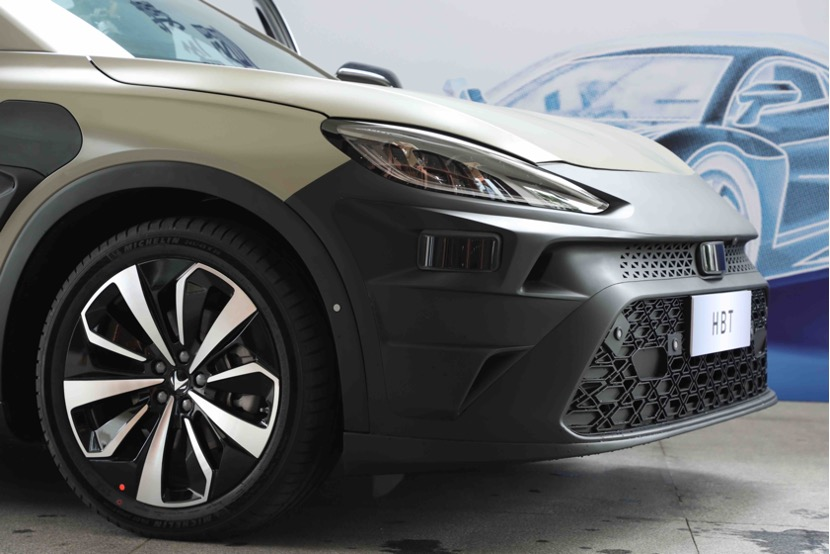On December 21, Huawei held a press conference to release its automotive-grade LiDAR products and solutions.
At the same time, Huachen Automotive Group (ACG) announced that the ARCFOX HBT model will be equipped with Huawei’s 96-line LiDAR for medium and long distances.
The ARCFOX HBT model will be equipped with three 96-line automotive-grade LiDARs, six millimeter-wave radars, 12 cameras, and 13 ultrasonic radars. It will also feature Huawei’s autonomous driving chip with a computing power of 352 Tops (also supplied by Huawei). The new car is expected to be officially unveiled next year.
Huawei’s LiDAR has a field of view of 120° x 25°, a maximum detection range of 150 meters, and a resolution of 0.25° x 0.26°. The three LiDARs on the ARCFOX HBT are arranged in the center, left front, and right front of the vehicle, covering a field of view of 300° in front of the vehicle.
In addition to Huawei’s LiDAR, the ARCFOX HBT will also be equipped with a new computing and communication architecture and operating system provided by Huawei. When it goes into mass production, the HBT’s rear will also feature Huawei’s HI logo.
As we approach the end of 2020, more and more automakers are using LiDAR as a hardware for assisted driving. Not only does this mean that the cost of LiDAR has gradually become more reasonable, but it also means that more automakers are moving towards a higher stage of assisted driving.
However, the extent to which LiDAR can change our actual driving experience can only be determined after a test drive.
But with more powerful hardware, the scalability of assisted driving features has reached a new level, which is especially important after Tesla released the beta version of FSD.
Moreover, the collaboration between ARCFOX and Huawei also means that the automotive industry has entered a new stage. Will car companies insist on self-research and development, holding decision-making and control in their own hands for better results? Or will professional people do professional things, and collaboration between both sides brings better results?
Source: ARCFOX
This article is a translation by ChatGPT of a Chinese report from 42HOW. If you have any questions about it, please email bd@42how.com.
